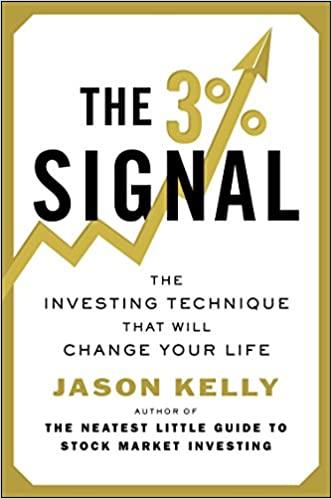Greta has risk aversion of A=5 when applied to retum on wealth over a one-year horizon. She is pondering two portfolios, the S\&P 500 and a hedge fund, as well as a number of 5 -year strategies. (All rates are annual and continuously compounded) The S\&P 500 risk premium is estimated at 6% per year, with a standard deviation of 20%. The hedge fund risk premlum is estimated at 10% with a standard deviation of 35%. The returns on both of these portfolios in any particular year are uncorrelated with its own returns in other years. They ate also uncorretated with the returns of the other portfolio in other years. The hedge fund claims the correlation coeficient between the annual return on the S\&P 500 and the hedge fund return in the same year is zero, but Greta is not fully convinced by this claim. Compute the estimated lyear risk premiums, standard deviations, and Sharpe ratios for the two portfolios. (Do not round your Intermediate calculations. Round "Sharpe ratios" to 4 decimal places and other answers to 2 decimal places) Greta has risk aversion of A=3 when applied to return on wealth over a one-year horizon. She is pondering two portfollos, the S\&P 500 and a hedge fund, as well as a number of 1-year strategies. (All rates are annual and continuously compounded.) The S\&P 500 risk premium is estimated at 7% per year, with a standard deviation of 20%. The hedge fund risk premium is estimated at 10% with a standard deviation of 35%. The returns on both of these portfolios in any particular year are uncorrelated with its own returns in other years. They are also uncorrelated with the returns of the other portfolio in other years. The hedge fund claims the correlation coefficient between the annual return on the S\&P 500 and the hedge fund return in the same year is zero, but Greta is not fully convinced by this claim. a-1. Assuming the correlation between the annual returns on the two portfolios is indeed zero, what would be the optimal asset allocation? (Do not round intermediate calculations. Enter your answers as decimals rounded to 4 places.) a-2. What is the expected risk premium on the portfolio? (Do not round intermediate calculations. Enter your answer as decimais rounded to 4 places.) Greta has risk aversion of A=4 when applied to return on wealth over a one-year horizon. She is pondering two portfolios, the S\&P 500 and a hedge fund, as well as a number of one-year strategies. (All rates are annual and continuously compounded.) The S\&P 500 risk premium is estimated at 5% per year, with a standard deviation of 17\%. The hedge fund risk premium is estimated at 10% with a standard deviation of 32%. The returns on both of these portfolios in any particular year are uncorrelated with its own returns in other years. They are also uncorrelated with the returns of the other portfolio in other years. The hedge fund claims the correlation coefficient between the annual return on the S\&P 500 and the hedge fund return in the same year is zero, but Greta is not fully convinced by this claim. What should be Greta's capital allocation? (Do not round your intermediate calculations. Round your answers to 2 decimal places.)









